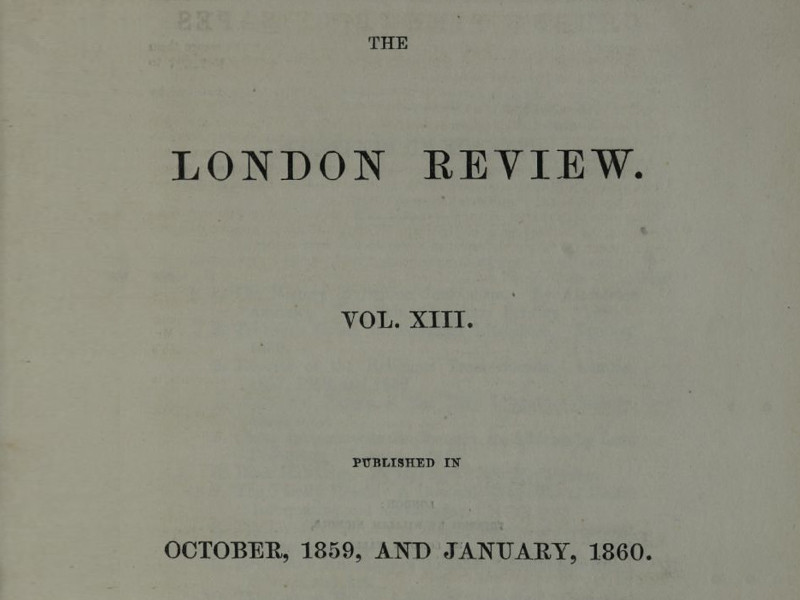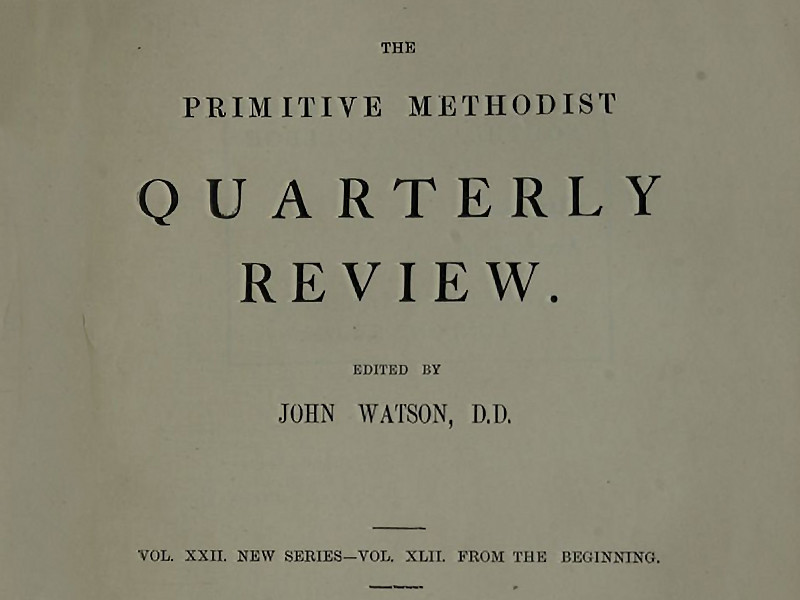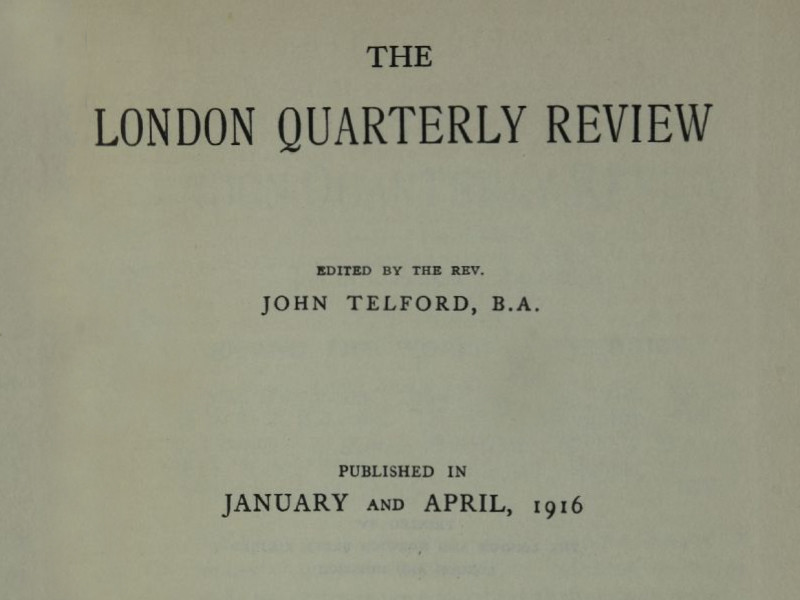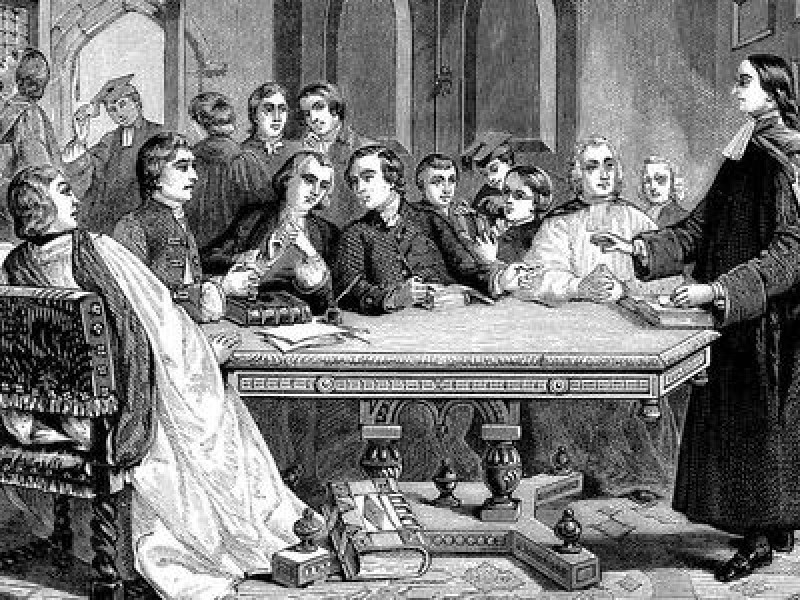
Methodist Publications, 1855–1919

The London Quarterly Review, Primitive Methodist Review, and Holborn Review
A monarch while he lived, Wesley left Methodism to be a republic after he died.Oxford Brookes University
Access the full collection
Access the full archive of Methodist Publications, 1855–1919.
Institutional Free Trial
Start your free trialRegister for a free 30-day trial of Methodist Publications, 1855–1919, for your institution.
Institutional Sales
Visit Sales PagesellFor more information on institutional access, visit our sales page.
Single User License
Purchase a license below to view the full collection.
Already have a license? Sign in.
Examine the ideas and influence of Methodism through denominational periodicals

John Wesley (1703-1791) was an English cleric who lead a revival movement within the Church of England known as Methodism in the 18th century. After Wesley's death, internal schisms led to a splintering of the original faith. The rival Methodist denominations included the Wesleyan Methodists, Primitive Methodists, and United Methodists.
This collection contains copies of periodicals that chart the debates between and within these denominations: the Primitive Methodist Quarterly Review & Christian Ambassador (1887-1909), Holborn Review (1910-1919), and The London Quarterly Review and Christian Ambassador (1855-1919).
Primitive Methodist Quarterly Review & Christian Ambassador and Holborn Review were edited by Primitive Methodists. In contrast, The London Quarterly Review and Christian Ambassador was a Wesleyan publication.












.svg)
